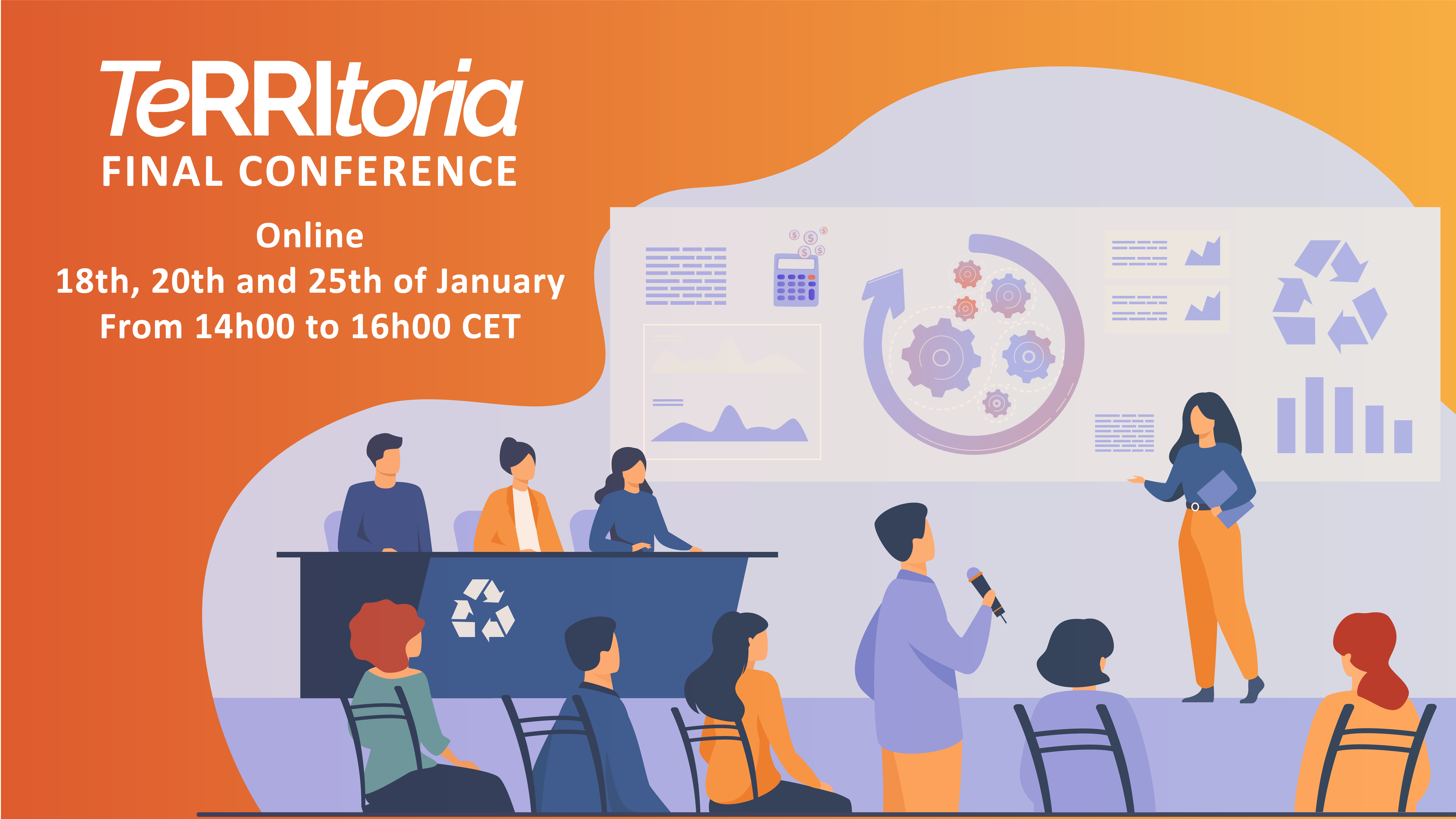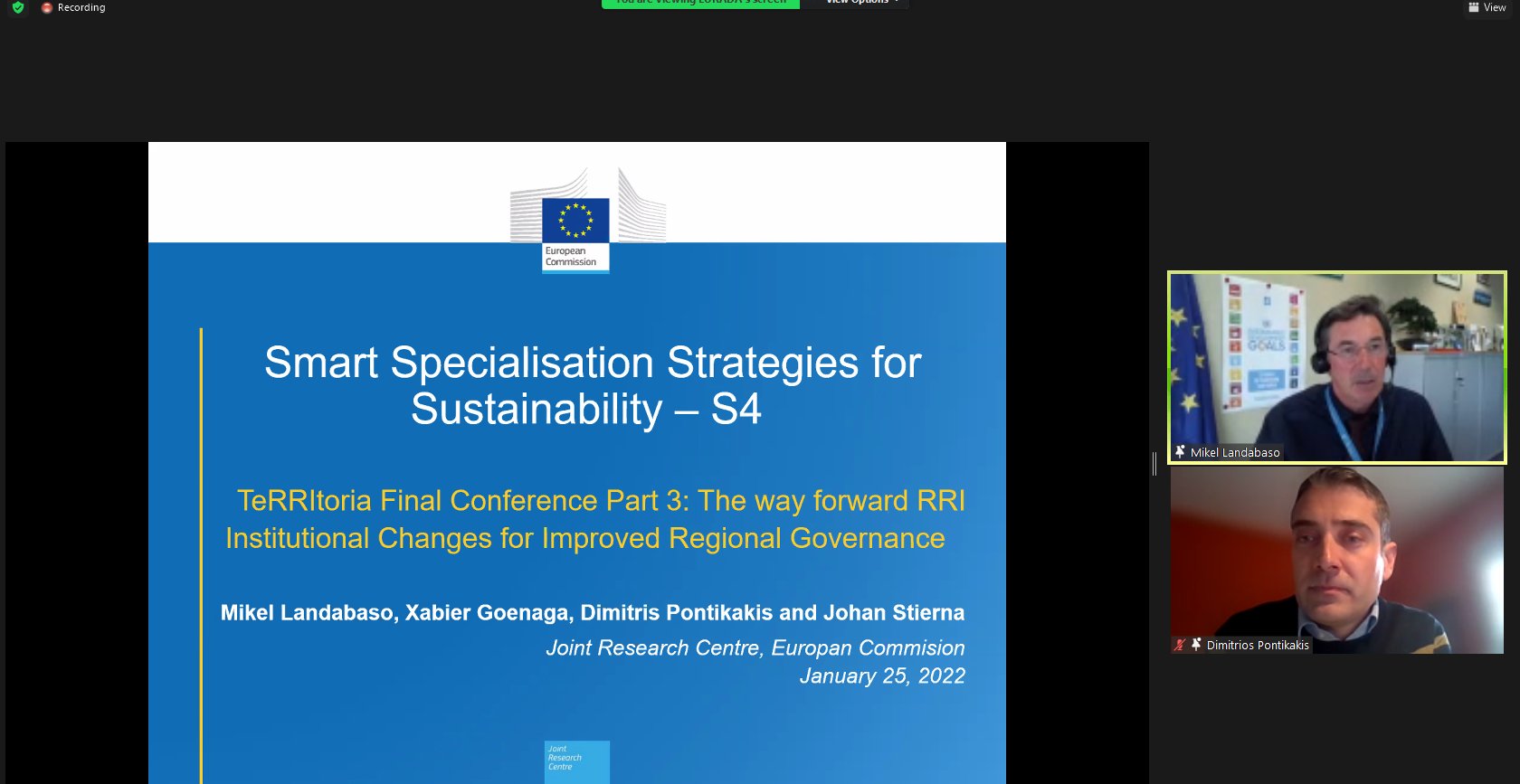Set of mapping tools
The TeRRItoria project will develop and provide ground for experimentation with the adoption of Responsible Research and Innovation (RRI) approach to several territorial R&I systems. In the framework of the project, in fact a set of transformative experiments in five European territories will be carried out. The TeRRItoria project consortium developed a set of mapping tools that provides explanation and guidelines for the application of the mapping tools in terms of scope, process, objectives and intended results. This set also gives a clear explanation of the type of mapping process employed by the project, its stages, the process and types of information to be collected, and further provides the details about connecting the produced maps to the design and implementation of the territorial experiments. Therefore, this set aims to produce state-of-the-art analyses of the current implementations of the smart specialization strategies in each of the territories (mapping the territorial R&I ecosystems).
The set of mapping tools was developed in the framework of the WP2 of the project. WP2 is one of the two WPs belonging to the analytical strand of the TeRRItoria project. It gathers all the necessary information needed for the design of the transformative experiments in the five participating territories in the project. It will also develop guidelines and strategies for the involvement of territorial actors as well as for the elaboration of policy objectives for RRI in the respective territory, thus also providing the grounds for Work Package 4 Co-design of the transformative experiments.
The mapping process
The mapping process focused on the collection and structuring of qualitative data. Quantitative examples, however, could be included as supportive evidence in the description of particular features of territorial contexts as part of the mapping process. The collection of qualitative information was focused on actors, experiences, factors, and policies. The proposed methodology is designed to be inclusive – the mapping will seek to identify a broad range of actors and stakeholders, beyond the ones immediately responsible for decision and policy-making, and particularly those within civil society; and specific to each territory – as no direct comparisons will be carried out among the territories, it will be important for the mapping in each territory to support the planned transformative experiment.
The main goal of the mapping process of WP2 is to collect relevant data in order to provide a complete and structured picture of the RRI and R&I landscape in each of the five involved territories.
You can find the set of mapping tools by clicking here.





